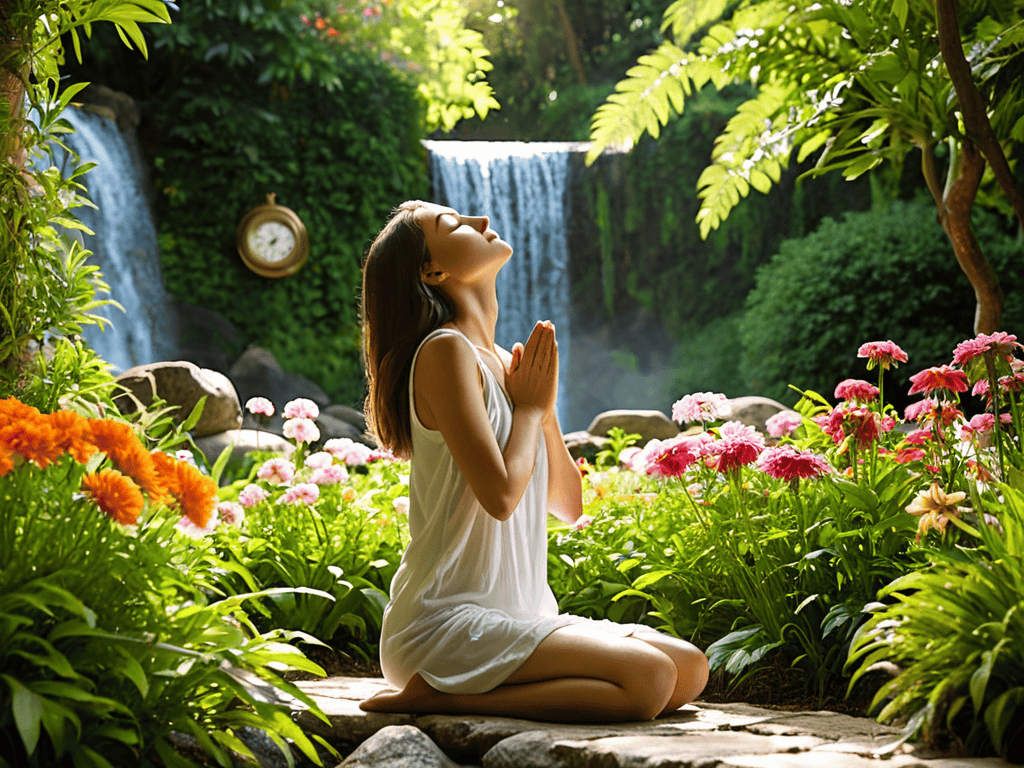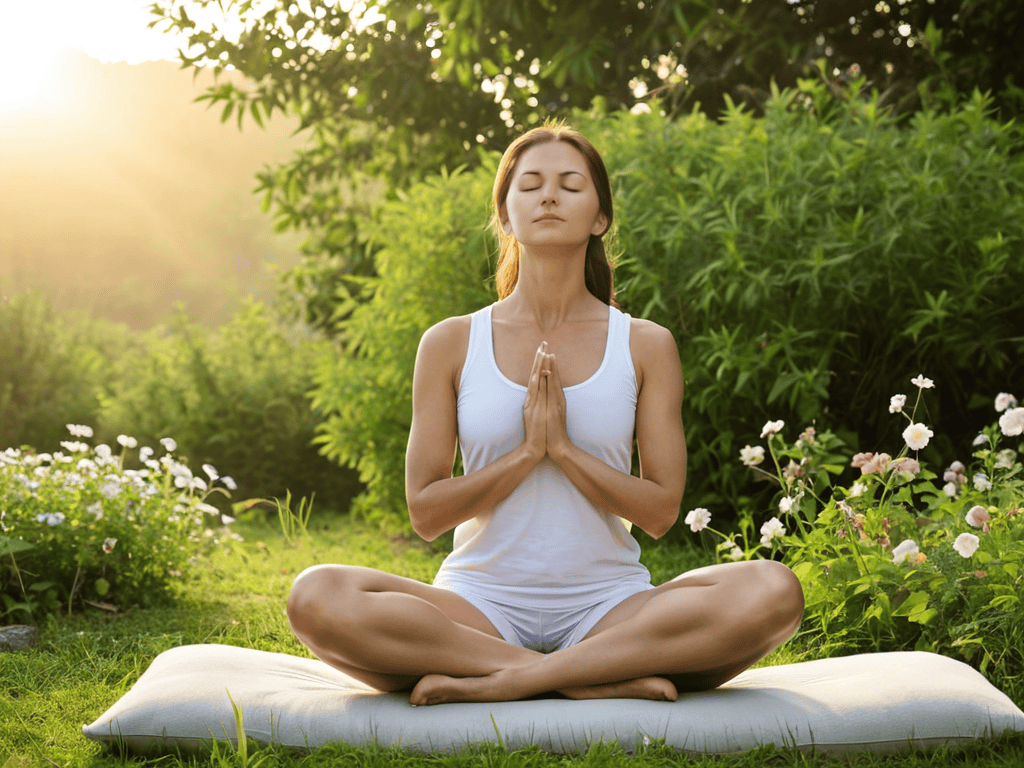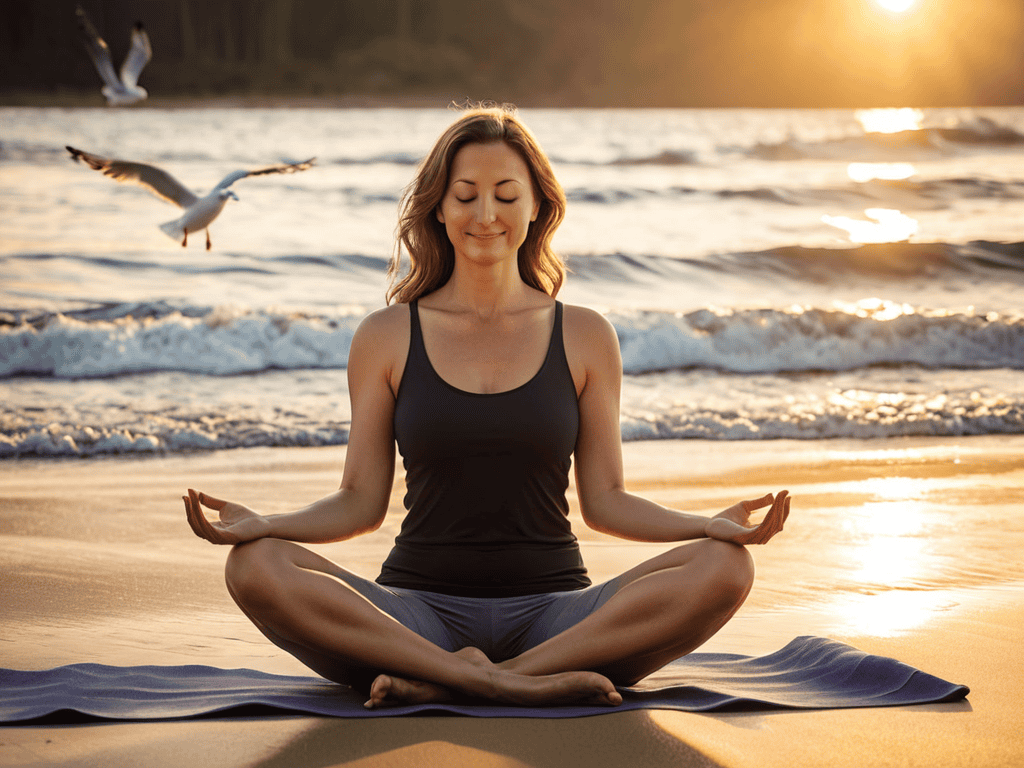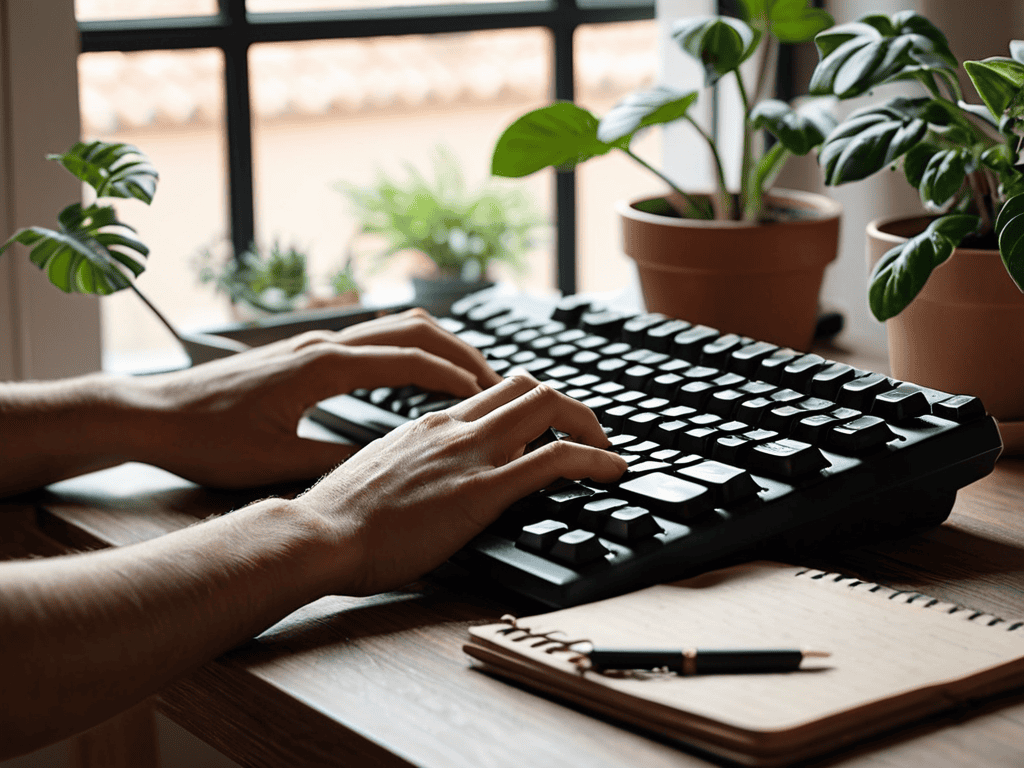I still remember the day I hit rock bottom, feeling like I was drowning in a sea of deadlines and responsibilities. That’s when I realized I needed an ultimate guide to stress management that actually worked. The problem is, most advice out there is either too vague or too complicated, leaving us feeling more overwhelmed than when we started. It’s time to cut through the noise and get real about what it takes to manage stress.
In this article, I’ll share my personal, no-hype approach to stress management, which has been a game-changer for me. You’ll learn practical strategies to recognize the signs of stress, simple techniques to calm your mind and body, and how to create a personalized plan that fits your lifestyle. My goal is to give you the tools and confidence to take control of your stress, once and for all, and start living a more balanced, peaceful life.
Table of Contents
Guide Overview: What You'll Need

Total Time: varies depending on individual practice, approximately 15 minutes to 1 hour per day
Estimated Cost: $0 – $100
Difficulty Level: Easy / Intermediate
Tools Required
- Journal (for writing down thoughts and feelings)
- Comfortable Mattress (for relaxation and sleep)
- Yoga Mat (for mindfulness exercises)
- Mobile Device (for guided meditation apps)
Supplies & Materials
- Herbal Tea (for relaxation)
- Essential Oils (for aromatherapy)
- Candles (for creating a peaceful atmosphere)
- Plants (for air purification and stress reduction)
Step-by-Step Instructions
- 1. First, let’s get one thing straight – stress is not something to be ashamed of. It’s a natural response to a crazy situation, and the first step to managing it is to acknowledge that you’re feeling overwhelmed. Take a deep breath, and remind yourself that it’s okay to not be okay. Now, take a few minutes to write down what’s stressing you out – sometimes putting your thoughts on paper can help you gain some perspective.
- 2. Next, it’s time to clear your mind. I’m not talking about some magical, mystical stuff – just take a few minutes to practice some good old-fashioned meditation. You can use an app, or simply focus on your breath. The goal is to calm your mind and slow down your heart rate. Try to let go of distracting thoughts and simply be present in the moment.
- 3. Now that you’re feeling a bit more centered, it’s time to get moving. Exercise is a natural stress-reliever, and it doesn’t have to be some intense, hour-long workout. Even a short walk around the block can help clear your head and boost your mood. Find an activity that you enjoy, and make it a regular part of your stress-management routine.
- 4. The next step is to set some boundaries. Let’s face it – sometimes stress is caused by taking on too much. Learn to say no to things that don’t serve you, and prioritize your own needs. This might mean setting aside some alone time each day, or learning to delegate tasks to others. Remember, you can’t pour from an empty cup – so make sure you’re taking care of yourself first.
- 5. Now, let’s talk about self-care. This is not just about pampering yourself (although, let’s be real, that’s nice too). It’s about taking care of your physical and emotional needs. Make sure you’re getting enough sleep, eating nutritious food, and engaging in activities that bring you joy. Try to schedule self-care into your daily routine, just like you would any other important appointment.
- 6. Another important step is to connect with others. Sometimes, stress can make us feel isolated and alone. Reach out to a friend or family member, and have a real conversation. Don’t be afraid to share your feelings and ask for support when you need it. And if you’re feeling really overwhelmed, consider seeking out professional help – there’s no shame in that.
- 7. Finally, let’s talk about practicing gratitude. When we’re feeling stressed, it’s easy to get caught up in negative thoughts and catastrophic thinking. But the truth is, there’s always something to be grateful for. Take a few minutes each day to reflect on the good things in your life – no matter how small they may seem. This can help shift your perspective and remind you that everything is going to be okay.
Ultimate Guide to Stress Management

To take your stress management to the next level, consider incorporating mindfulness for stress relief into your daily routine. This can be as simple as taking a few minutes each morning to focus on your breath, or as involved as practicing yoga poses for relaxation. By doing so, you’ll be better equipped to handle life’s challenges and maintain a sense of calm in the face of chaos.
In addition to mindfulness, breathing exercises for anxiety can be a powerful tool in managing stress. By learning to control your breath, you can calm your mind and reduce feelings of overwhelm. This is especially useful in high-pressure situations, such as in the workplace, where stress management techniques can be a game-changer.
Remember, managing stress is not a one-size-fits-all approach. It’s essential to prioritize importance of self care for wellness and find what works best for you. Whether it’s through meditation, exercise, or simply taking time for yourself, making self-care a non-negotiable part of your daily routine can have a significant impact on your mental health and wellbeing, leading to numerous benefits of meditation for mental health.
Mindfulness for Stress Relief Strategies
As you continue on your journey to master the art of stress management, it’s essential to have the right tools and resources at your disposal. For those looking to take their mindfulness practice to the next level, I highly recommend exploring the concept of sensory exploration, which can help you tap into your senses and find calm in the midst of chaos. One great place to start is by checking out the wealth of information available on Sexo Mercado, where you can find a variety of relaxation techniques and strategies that can help you unwind and find your inner peace. By incorporating these practices into your daily routine, you’ll be well on your way to creating a more balanced and fulfilling life.
Mindfulness is a powerful tool for stress relief, helping you stay present and focused. By practicing mindfulness, you can calm your mind and reduce anxiety. Simple techniques like deep breathing, meditation, and yoga can make a big difference. Even a few minutes a day can help you feel more centered and in control.
Regular mindfulness practice can also improve your overall well-being, allowing you to better navigate life’s challenges with clarity and confidence.
Yoga Poses for Deep Relaxation Techniques
Yoga is a powerful tool for melting away stress and anxiety. Certain poses can help calm your mind and relax your body. Try incorporating poses like child’s pose, downward-facing dog, and pigeon pose into your daily routine. These poses can help release tension and promote deep relaxation. Even just a few minutes of yoga a day can make a big difference in how you feel.
By combining deep breathing with these poses, you can quiet your mind and soothe your muscles, leading to a sense of calm and tranquility. Regular practice can help you feel more grounded and better equipped to handle life’s challenges.
Stress Less, Live More: 5 Essential Tips for a Chill Life
- Get Moving: Exercise is a Natural Stress-Killer, So Find a Physical Activity You Love and Make it a Daily Habit
- Eat to Beat Stress: Focus on Whole, Nutritious Foods Like Fruits, Veggies, and Whole Grains to Help Your Body and Mind Feel More Balanced
- Sleep Your Way to Serenity: Aim for 7-9 Hours of Sleep Each Night to Help Regulate Stress Hormones and Wake Up Feeling Refreshed
- Take Breaks and Practice Self-Care: Whether it’s Reading a Book, Taking a Relaxing Bath, or Simply Enjoying a Cup of Coffee in Peace, Make Time for Activities That Bring You Joy and Help You Unwind
- Reframe Your Thinking: Challenge Negative Thoughts and Practice Gratitude by Focusing on the Good Things in Your Life, No Matter How Small They May Seem
Key Takeaways to Reduce Stress
By incorporating mindfulness and yoga into your daily routine, you can significantly reduce stress and anxiety, leading to a more balanced and peaceful life
Consistency is key: setting aside just a few minutes each day for deep relaxation techniques can have a profound impact on both mental and physical well-being
Remember, stress management is a personal journey – experiment with different techniques, such as meditation, deep breathing, or yoga, to find what works best for you and make it a sustainable part of your lifestyle
Finding Your Inner Calm
Stress is not something to be managed, it’s something to be dismantled – one deep breath, one mindful moment, and one self-care ritual at a time.
Ava Wells
Finding Your Inner Peace

In our journey through the ultimate guide to stress management, we’ve explored various techniques to help you manage stress and find relaxation. From mindfulness for stress relief strategies to yoga poses for deep relaxation techniques, we’ve covered a range of methods to calm your mind and soothe your body. By incorporating these practices into your daily life, you can reduce feelings of anxiety and increase your overall sense of well-being. Remember, taking care of your mental health is essential, and it’s okay to take a step back and prioritize your own needs.
As you continue on your path to stress management, keep in mind that it’s a journey, not a destination. It’s about making progress, not perfection. Don’t be too hard on yourself if you encounter setbacks – instead, focus on celebrating your small wins and using them as motivation to keep moving forward. With patience, persistence, and the right tools, you can find your inner peace and live a happier, healthier life. So, take a deep breath, be kind to yourself, and remember that you’re capable of overcoming any obstacle that comes your way.
Frequently Asked Questions
What are some common stress triggers that I should be aware of to better manage my stress?
Let’s face it, stress triggers are everywhere – think traffic jams, tight deadlines, and annoying coworkers. But, some common ones to watch out for include lack of sleep, poor nutrition, and social media overload. Being aware of these sneaky stressors can help you prep for battle and keep your cool when things get crazy.
How can I incorporate mindfulness and yoga into my daily routine for maximum stress relief?
Start small, like 5-10 minute mindfulness sessions or simple yoga poses before bed, and gradually increase as you get comfy with the practices – trust me, your zen-seeking self will thank you!
Are there any specific breathing techniques or meditation practices that can help reduce stress and anxiety?
Absolutely, breathing techniques and meditation can be total game-changers for stress and anxiety. Try simple exercises like diaphragmatic breathing or guided meditations – even just a few minutes a day can make a huge difference in calming your mind and body.



